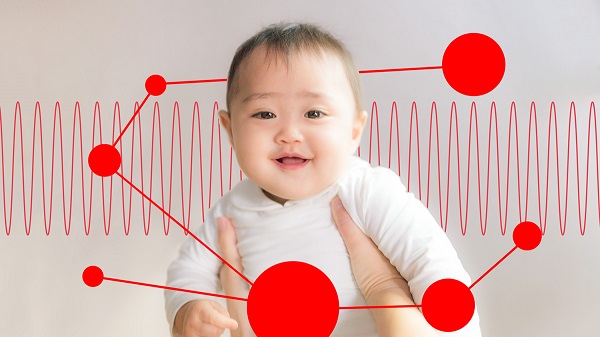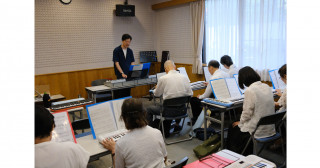Attention to other people is a fundamental role for social cognitive development in the early stages of life. However, infants born prematurely show a different attentional pattern.
In a new study, a Kyoto University team found evidence that such babies are less interested in other people compared to infants born full-term, when tested at 6 and 12 months of age. This new study brings light to the links between premature birth, development of social communication skills, and ultimately autism.
Recent studies illustrate that infants born prematurely are at more risk of autism.
"Autism occurs from a mix of genetic and environmental factors. Preterm infants get a tremendous amount of stress in the early days of birth, because the environment is profoundly different from that of the womb," says Masako Myowa-Yamakoshi, who heads the team. "This makes them much more prone to developmental difficulties, even if they seem perfectly fine when they leave the hospital."
Lead author Masahiro Imafuku adds that a lack of interest in social stimuli -- for instance, another person -- could be an early sign for whether preterm infants are following a path toward atypical social development. "We examined interest in social stimuli in preterm and full-term babies by following their gaze with an eye tracker," he explains.
In the first part of the study, the researchers simultaneously displayed videos showing people and geometric patterns to 6- and 12-month old infants, testing which videos the infants preferred. Gaze signifies interest, meaning that the longer time spent looking at the people video, the more interest there is in others. This technique revealed that full-term infants spent more time looking at the people video, but a significant number of preterm babies at term-equivalent ages showed more interest in the geometric motion.
In a second task, the team examined how well infants could follow the gaze of other people. "Being able to follow where another person is looking is related to understanding of others' intention, and of language acquisition," says Imafuku. Much like in the first task, 6-month-old full-term infants followed the gazes of people in the video, whereas preterm infants showed difficulty.
The team points out that, significantly, interest in other people and following eye directions does develop in most preterm infants from 6 to 12 months. This, when coupled with another study, indicates that the nervous systems of several preterm babies may develop in radically different ways from that of a full-term babies in the first year of life.
In a related study the researchers found that preterm babies cry with a shrill, high pitch. This is because the activity of the vagus nerve -- one of the main parasympathetic nerves -- is weak in preterm infants compared to full-term babies.
"The low activity of the vagus nerve makes the vocal cords contract excessively," says Yuta Shinya, who authored the second study. "The distinct shrill of preterm babies reflects the activity of this nerve, which is related to the regulation of heart and throat function, health, and cognitive abilities. We're looking into whether the shrill cries correlate with atypical cognitive development in infancy."
"Preterm birth incidence is rising in developed countries like Japan, since people increasingly give birth at an older age, and given assumed risks with IVF," says Myowa-Yamakoshi. "We hope that studies like ours contribute to earlier diagnoses, so that we can offer appropriate support at as early a stage as possible."

Eye-tracking holds clues for risks of early social cognition in preterm infants
Paper Information
[DOI] https://doi.org/10.1111/infa.12144
Imafuku, M. et al
"Preference for Dynamic Human Images and Gaze-Following Abilities in Preterm Infants at 6 and 12 Months of Age: An Eye-Tracking Study"
Infancy, 31 March 2016
[DOI] https://doi.org/10.1002/dev.21412
Shinya, Y., Kawai, M., Niwa, F. & Myowa-Yamakoshi, M.
"Associations Between Respiratory Arrhythmia and Fundamental Frequency of Spontaneous Crying in Preterm and Term Infants at Term-Equivalent Age"
Developmental Psychobiology, 31 March 2016





